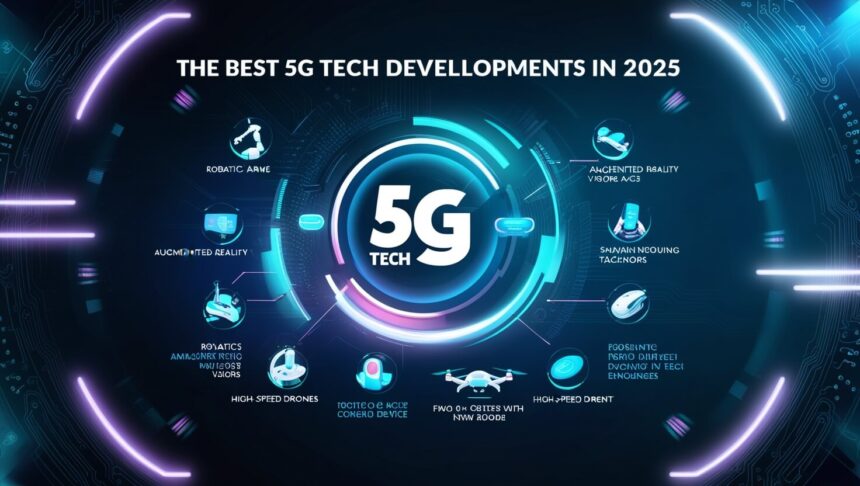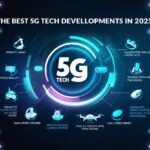In this article i will discuss the best 5G technology developments that are transforming industries and changing the future of connectivity.
Ranging from enhanced mobile broadband to private 5G networks, each innovation is significant in the progress of communication, automation, and real-time data processing.
These developments are preparing us for a smarter and more sophisticated world.
Key Point & Best 5G Tech Developments List
| Term | Key Point |
|---|---|
| 5G Standalone Networks | Operate independently of 4G, enabling ultra-low latency and improved efficiency. |
| Network Slicing | Allows multiple virtual networks on a single physical infrastructure for specific use cases. |
| Fixed Wireless Access (FWA) | Delivers high-speed broadband to homes and businesses without fiber installation. |
| 5G-Advanced | Evolution of 5G offering enhanced performance, AI integration, and energy efficiency. |
| IoT Integration | Supports massive device connectivity for smart cities, homes, and industrial IoT. |
| Edge Computing | Processes data closer to the source to reduce latency and improve real-time responsiveness. |
| Private 5G Networks | Dedicated 5G networks for enterprises ensuring security, reliability, and control. |
| Enhanced Mobile Broadband (eMBB) | Provides ultra-fast speeds and high capacity for data-intensive applications. |
| 5G in Healthcare | Enables remote surgeries, real-time monitoring, and improved telemedicine services. |
| 5G in Manufacturing | Powers automation, predictive maintenance, and smart factory operations. |
1.5G Standalone Networks
5G Standalone Networks are one of the most evolutionary developments in 5G technology as they do not rely on the already existing 4G infrastructure.
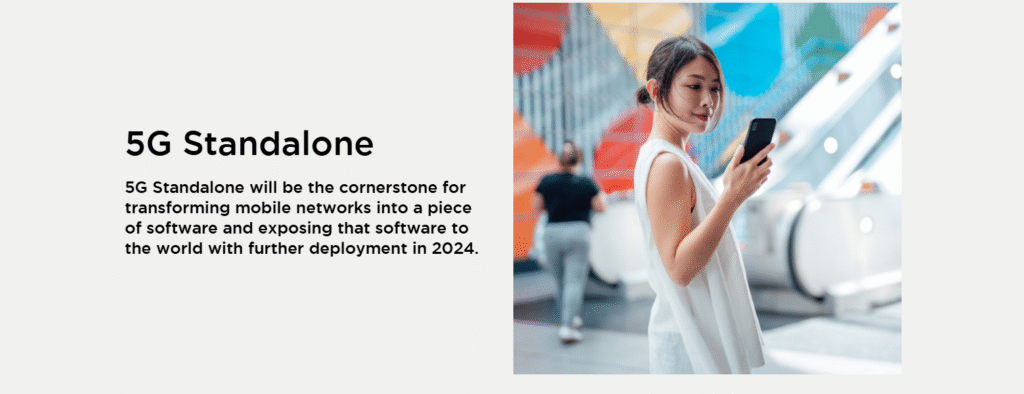
Unlike Non-Standalone setups, this architecture unlocks the full potential of 5G ultra-low latency, higher capacity, and seamless connectivity.
Standalone networks are most advantageous for advanced applications such as autonomous vehicles and mission-critical IoT. It removes 4G dependencies which paves the way for the true next-generation 5G only networks.
5G Standalone Networks Features
2.Network Slicing
Network Slicing is unique amongst other 5G technologies because it permits operators to set up various networks virtually on one infrastructure.

Its unparalleled strength remains in providing customized connectivity to different use cases such as emergency services, gaming, or industrial automation.
Each slice is adjustable to specific criteria such as throughput, latency, or reliability, thus tailored performance can be achieved. Such versatility and efficacy is not possible with previous generations, making Network Slicing revolutionary in serving numerous industries at once.
Network Slicing Features
3.Fixed Wireless Access (FWA)
Fixed Wireless Access (FWA) stands out as one of the best 5G tech developments because it provides high-speed internet without being dependent on dusty wired telecommunications infrastructure.

Its distinctive value lies in swiftly linking underserved or remote regions where cable infrastructures cannot be placed for economic or logistical reasons. With 5G, FWA provides fiber-like speeds and reliability through wireless links.
This serves as a potent option for DSL and fiber broadband services. This advancement narrows the digital gap and alleviates restrictions to internet access in a far more productive manner than previously available.
Fixed Wireless Access (FWA) Features
4.5G-Advanced
5G-Advanced marks the leap in wireless innovation and builds on core 5G by smarter and more efficient capabilities.

Its most distinguishing characteristic is the application of artificial intelligence and machine learning on network management which enables optimization of resources and performance in real-time.
This change improves the energy efficiency as well as enable more accurate location-based services. Serving as a transition to 6G systems, it enhances connectivity by making networks more intelligent, adaptable, and responsive to varying user needs.
5G-Advanced Features
5.IoT Integration
The most transformative 5G innovations are IoT Integration which allows effortless communication between billions of devices.
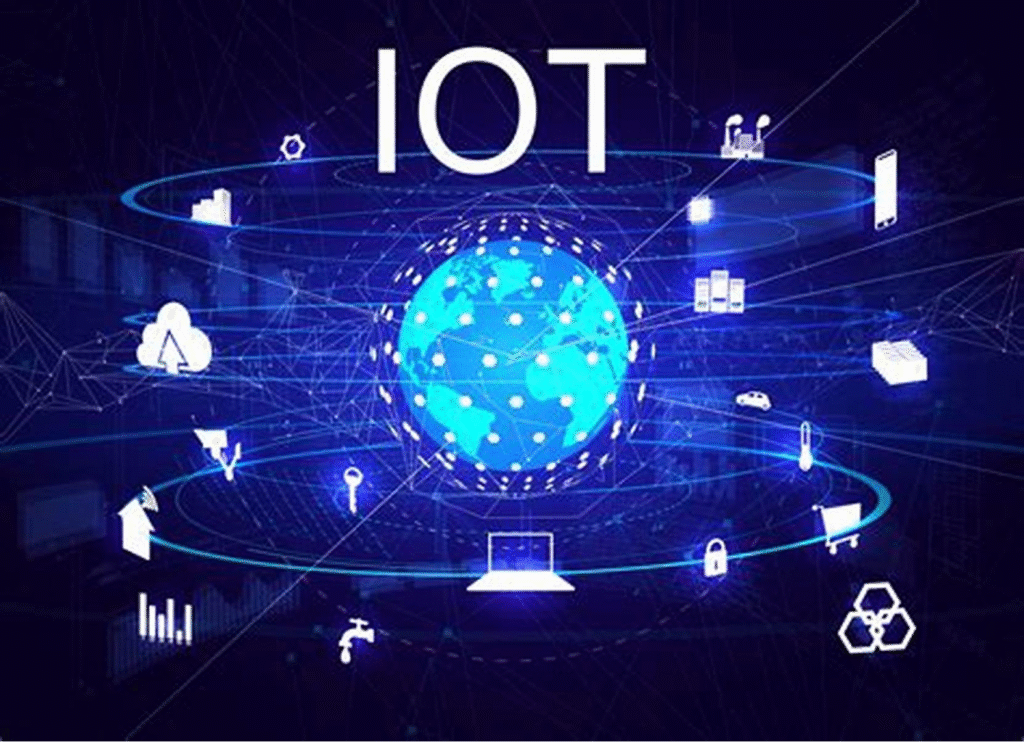
The ultra-low latency, minimal energy consumption, and support for massive device density that 5G offers are what make it uniquely powerful.
This new advancement supports real-time information exchange in machine-to-machine communications in smart homes, cities, farming, and in industrial operations.
The efficiency and scalability of 5G-driven IoT systems increase as connectivity bottlenecks are removed, leading to fully automated ecosystems and smart decision-making in numerous domains.
IoT Integration Features
6.Edge Computing
The development of 5G technology and Edge Computing go hand in hand as the latter brings data processing physically closer to the point of generation to reduce the need to relay information to remote cloud terminals.

Enables real time responsiveness of self driving cars, robotic process automation, and augmented reality. Edge Computing is critical in achieving unprecedented user experience and performance in 5G ecosystems and responsive, autonomous decision-making Edge Computing support at the network boundary through minimization of latency and bandwidth consumption.
Edge Computing Features
7.Private 5G Networks
5G Private Networks are among the most revolutionary advancements in 5G technology as they allow businesses to have full control over their wireless infrastructure.
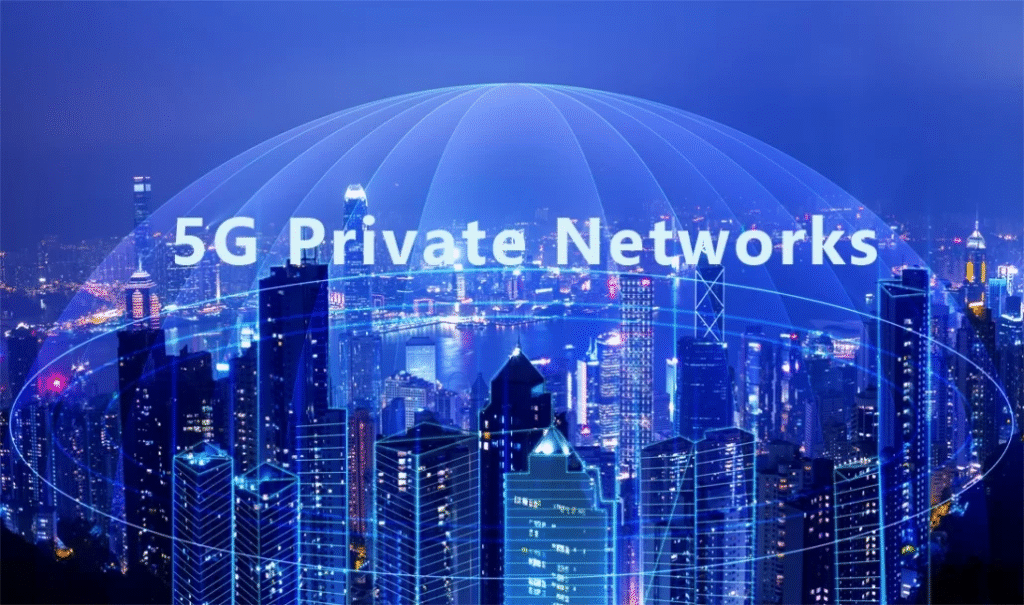
They uniquely offer customized ultra-low latency, security, and dedicated bandwidth to hyper-sensitive enterprises. Unlike public networks, private 5G caters to critical environments such as factories, hospitals, or campuses, ensuring their operations are uninterrupted and secure.
This level of control permits the sophisticated automation of business processes and the deployment of IoT and real-time applications without external network restrictions.
Private 5G Networks Features
8.Enhanced Mobile Broadband (eMBB)
Enhanced Mobile Broadband (eMBB) is focused on providing ultra-fast data speeds and high network capacity, thus enabling rich digital experience which is a core pillar of 5G development.

Its most unique strength is supporting high-bandwidth applications like 4K video streaming, virtual reality, and cloud gaming on the go.
In radically improving mobile download and upload speeds, as well as stabilizing connectivity in dense crowds, eMBB makes high-quality content accessible anywhere without mobile performance compromise.
Enhanced Mobile Broadband (eMBB) Features
9.5G in Healthcare
5G technology in healthcare is an advancement that transforms patient management with real-time connectivity and ultra-reliable communications.
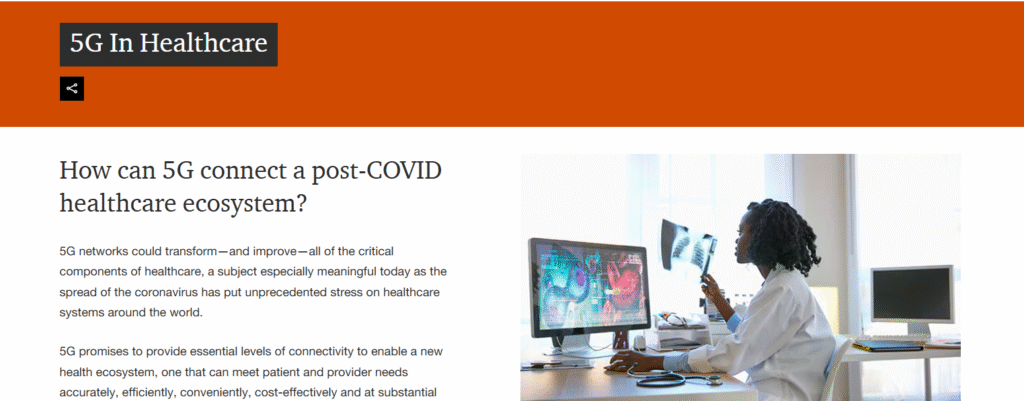
Its distinguishing feature is allowing remote a diagnostic and surgery to be performed with almost no delays, overcoming vast distances between patients and specialists.
The precision and responsiveness of telemedicine systems and wearable gadgets also improve with the help of 5G, enabling constant monitoring of the patient’s health and swift action in the case of a medical need. It is witnessing the transformation of healthcare services which is more efficient, reliable, accessible, and data-driven.
5G in Healthcare Features
10.5G in Manufacturing
5G in manufacturing is a 5G evolution shift, permitting automation and smart technology in production to the highest degree. Its distinct advantage is in real-time communications between machines, sensors, and robots proportional to increased efficiency and accuracy.

Predictive maintenance, smooth supply chain control, and intelligent factory operations are made possible by 5G through ultra-low latency and massive device connections.
This development enables manufacturers to optimize work processes, minimize downtime, enhance product quality, and usher in the next-generation smart factories and Industry 4.0.
5G in Manufacturing Features
Conclusion
In summary, the top advancements in 5G technology are transforming entire industries and creating new opportunities in multiple areas.
From the rapid deployment and agility of 5G Standalone Networks to the bespoke offerings of Network Slicing, each step forward brings us closer to an interconnected, streamlined, and sophisticated future.
Be it through improved mobile internet access, transforming the health sector, or fueling automated manufacturing, these advancements are preparing the world for the forthcoming technological era, fostering heightened intelligence and responsiveness across the globe.

